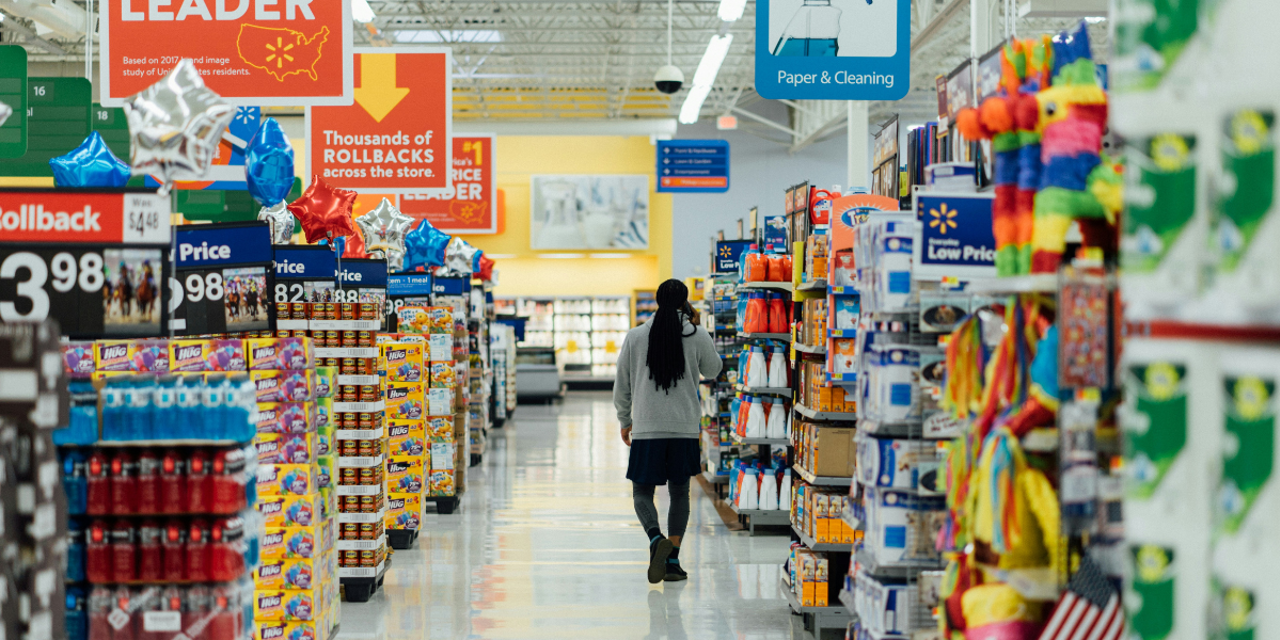What is retail media?
Retail media explained in simple terms: what it is, why it exists, and how to make the most of it.
Retail media explained in simple terms: what it is, why it exists, and how to make the most of it.

Retail media is advertising that uses a retailer’s channels and data to drive sales. Channels can be physical or digital, or a mix of both.
Retail media is a strategy that reaches consumers where they shop. Consumer data powers relevant buying journeys from discovery to purchase.
Retail media provides retailers with another revenue stream by monetising their ad space and data.
Retail media benefits the entire ecosystem: retailers and brands, advertisers, publishers, and agencies.
Retail media exists because of three major reasons: better data, new infrastructures, and changing consumer behaviours.
Consumer data is now more detailed than ever, allowing advertisers to deliver increasingly personalised and relevant experiences. As a result, first-party data has become one of the most precious commodities for brands and advertisers. Direct consumer actions, such as email signups and purchase history, offer clearer intent insights, helping marketers better understand and reach their consumers.
By comparison, third-party data, collected by means including website cookies, is becoming less reliable in expressing consumer behaviour. This type of data also carries privacy and regulation challenges. A twofold response has occurred: marketers are turning to first-party data to reach consumers, and retailers are realising the first-party data they’ve collected from their consumers is valuable.
So, it’s no surprise that many retailers have invested in building their own advertising infrastructure to monetise both their data and their channels. A retail media network (RMN) is the total infrastructure of advertising channels. For example, a FMCG retailer’s ad inventory involves physical in-store signage. It also includes digital assets like sponsored product listings on their website. Effective RMNs also have a solid foundation of tech integrations and data support.
Consumers are now also browsing and buying from many channels at the same time. Retail media enables brands to stay present throughout this journey, serving ads online and offline, enriched with first-person data to make campaigns more effective and relevant.
These three factors work together to make retail media work.
Retail media strategies can be applied in a number of ways, which all ultimately help maximise commerce outcomes.
Building a RMN leverages the retailer’s assets, from ad space to first-party data, to drive awareness and commerce outcomes. It formalises a media-led approach to the sales journey by bringing the point of discovery and sale closer to the consumer.
Retailers can unlock new revenue streams using their RMN by monetising and selling their RNM assets to third parties. This could be ad space on their channels, from in-store signage to sponsored product listings on their website. The data can often be more valuable than the actual goods the retailer sells!
Here’s an example of retail media in action to realise sales outcomes.
A coffee brand wants to push a new flavour by partnering with a retailer. Standard practices include in-store signage, free samples, and website promotions. Retail media adds the power of data and channels into the equation. The retailer uses first-party data from their loyalty programs and apps to send targeted emails and push notifications to customers who often buy coffee. Their website also displays sponsored search listings to keep the product visible when shoppers browse for coffee. By showcasing the product across multiple touchpoints and points of sale, the coffee brand is successful.
Brands gain a competitive edge with retail media as it enables them to reach consumers closer to the point of purchase when buying intent is at its highest.
Retailers can monetise their first-party data and channels for advertising, driving better ad targeting online and in-store, while delivering more personalised, tailored experiences for consumers. Their ad space becomes another revenue channel as third-party brands buy in.
Advertisers can work together with retailers to improve ROAS by tapping into rich consumer data and premium retail environments at the point of sale.
Publishing companies aren’t considered part of RMNs, but can be a key component of a retail media campaign. One application is using publisher environments to advertise offsite.
Agencies can amplify campaign performance by providing technical and creative support to improve and optimise performance and commerce outcomes.